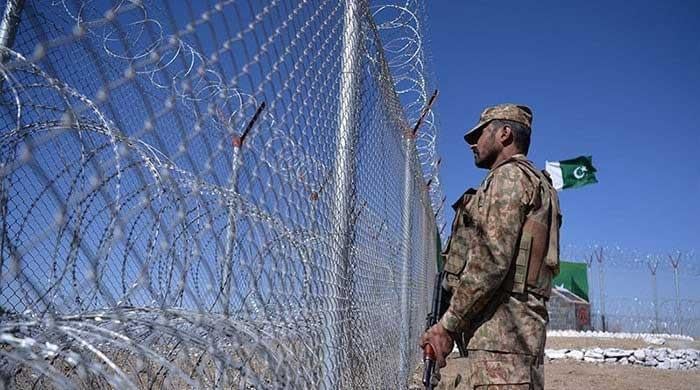No map or GPS — How do migratory birds navigate thousands of miles without getting lost?
Migratory birds travelling to Pakistan being driven away amid rise in hunting, netting, and urbanisation
December 19, 2023
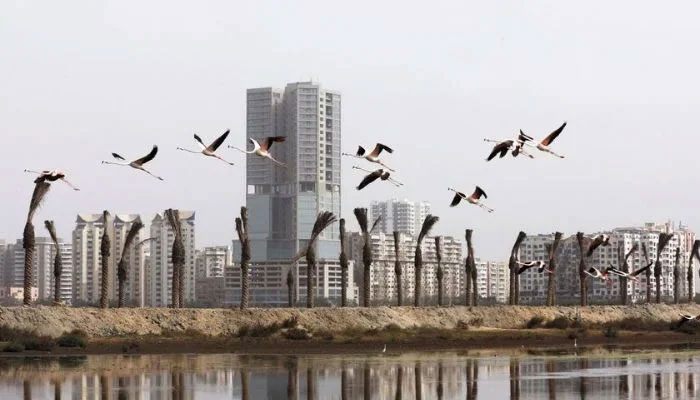
When it comes to rugged shores, pristine beaches, and azure views, Pakistan's coastline bordering the Arabian Sea does not fall short. It presents a stunning blend of natural beauty and vibrant atmosphere.
While numerous striking sites across the country easily appeal to one’s eyes all year long, the beauty of its landscape gets one-upped when migratory birds arrive at the coast from different parts of the world with the help of nature’s version of GPS.
Migrating birds can cover thousands of miles in their annual travels, often travelling the same course year after year with little deviation.
Every year, as the season in most parts of the world transitions into winter and temperatures in the already-cold regions of the world gradually begin to drop, sheets of water turn into slabs of ice. This natural climatic change endangers not only wild mammals but birds as well.
However, the question is, how are they able to identify where to go?
Nature’s GPS
Migrating birds can cover thousands of miles in their annual travels, often travelling the same course year after year with little deviation.
According to the Sindh Wildlife Department, research has shown that migratory birds learn from parents or group adults to use genetic traits and heritable traits to train and determine their route.
However, the use of geographic markers and magnetic waves is of particular importance in travel techniques, while the consequences of losing one's way can be the most dangerous.
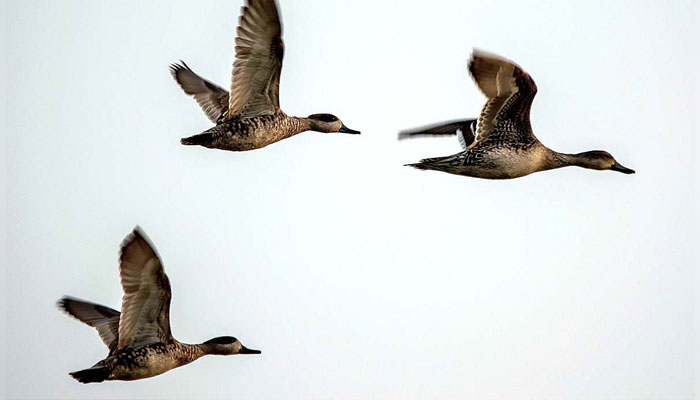
The secrets of their amazing navigational skills aren’t fully understood, partly because birds combine several different types of senses when they navigate.
While discussing the navigation techniques used by birds, Brohi said: “The migration is initiated by adult or grown-up birds and the younger ones follow them. While travelling during the day, these birds use landmarks such as land, rivers, or mountains to determine where to go. Meanwhile, during the night, they use stars to navigate their way. Some birds even follow the Sun during the day.”
The sense of smell is also believed to be a factor in the migration patterns of certain species, including homing pigeons, waterfowl, and cranes.
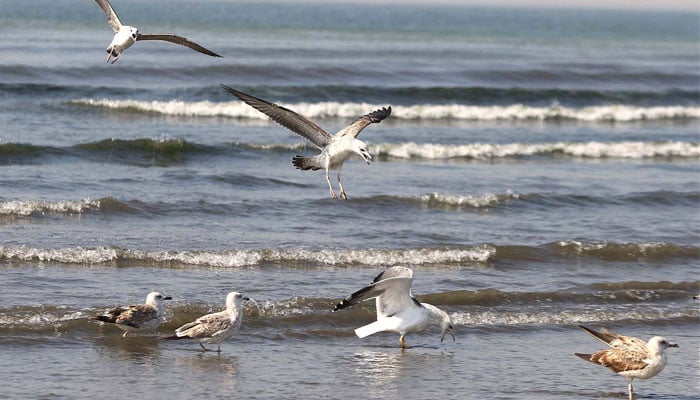
As bird migration sounds like a big event, let us dive into the route these extraordinary birds use to pull off such a difficult yet necessary task.
These birds are forced by the intense winter season in colder countries to set off on a quest for warmth, in search of which they end up travelling long distances from one location to another location at regular intervals — a phenomenon known as migration. Migration also refers to the regular seasonal movement of birds between the south and north flyways' wintering and breeding sites.
Pakistan — a significant destination for migratory birds travelling from Russia, Siberia, China, and other Central Asian states — has diverse ecosystems that provide essential stopovers for birds crossing global flyways.
“Bird migration is an ecological event during which they travel to Pakistan via the Indus Flyway,” Javed Mahar, a conservator at Sindh Forest and Wildlife Department told Geo.tv. “This event has been taking place for ages and this practice of the ancestors has been followed by generations of birds.”
Dr Mehrban Ali Brohi, a zoologist based in Islamabad, said: “It has been observed that birds generally migrate from northern (cold) regions to southern (warm) regions because of intense snowy weather and lack of food. Therefore, to protect themselves from harsh weather conditions, these birds migrate to the south.”
Birdwatchers also flock to Thatta’s Keenjhar Lake and Haleji Lake where these visitors find refuge during their seasonal migration which contributes to ecological balance and provides a unique opportunity to witness nature's harmonious dance across Pakistan's skies.
Indus Flyway
Flyways are flight pathways taken by migratory birds while moving between their overwintering quarters and breeding grounds.
“There are eight flyways in the world used by migratory birds to travel,” Mahar said. “Birds migrating to Pakistan use ‘International Migratory Bird Route Number 4’, also called the ‘Green Route’ and more commonly known as the Indus Flyway, which stretches from the Karakoram down to the Indus Delta in the south.”
The Indus Flyway Zone is part of the Central Asian Flyway, which covers the Eurasian continental areas between the Indian Ocean and the Arctic Ocean. It provides warmer weather conditions for feeding and breeding purposes.
This flyway attracts thousands of migratory birds, including Siberian cranes, flamingos, and duck species.
Other migratory birds found in Pakistan include geese, swans, falcons, and waders, along with common species like gulls, duck-mallards, plovers, stints, snipes, cormorants, northern shoveler, common teal, and storks.
These birds, after taking off from China, Russia Siberia, and other Central Asian states, travel 4,500 kilometers north using the Indus Flyway to reach Pakistan in August and leave in February. Rawal Lake in Punjab and the Rann of Kutch Wildlife Sanctuary in Sindh are the main sites for their arrivals, Mahar told Geo.tv.
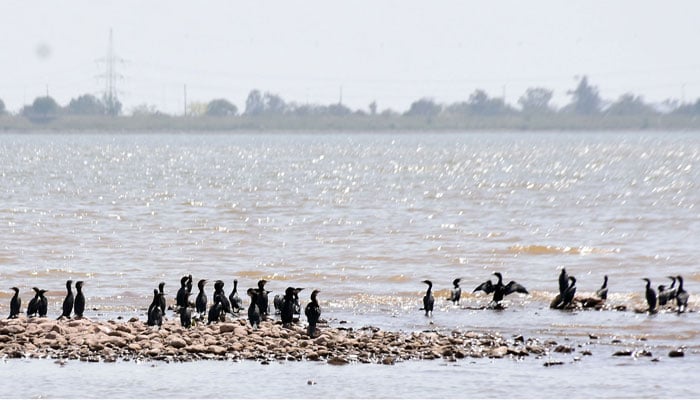
Brohi also revealed that there are some environmental factors such as harsh weather conditions, snowfall, and shortage/lack of food that force the birds to migrate.
These routes frequently connect to significant rest stops that offer food resources that are essential to the birds' survival. Smaller birds typically travel across the landscape in broad fronts. Studies by eBird —a journal producing research on birds — mention that numerous small birds use various routes in the spring and autumn to take advantage of seasonal variations in weather and food.
Humans vs migratory birds
Events in the weather such as sudden rain or snowfall might lead people astray. These birds' migration patterns may also be considerably impacted by the consequences of climate change.
Pakistan is witnessing a significant decrease in the number of migrating bird species and according to Masood Lohar, the founder of Clifton Urban Forest, both man-made and natural factors are to blame.
Netting, habitat loss from land-use changes like converting land to cultivation, and unlawful hunting of migrating birds, among other factors, are examples of anthropogenic causes that have negatively affected the migration of these birds to Pakistan.
“Human practices, like urbanisation, increase in housing colonies and real estate have shrunk the wilderness, forests, and lakes that receive aquatic birds,” Lohar said.
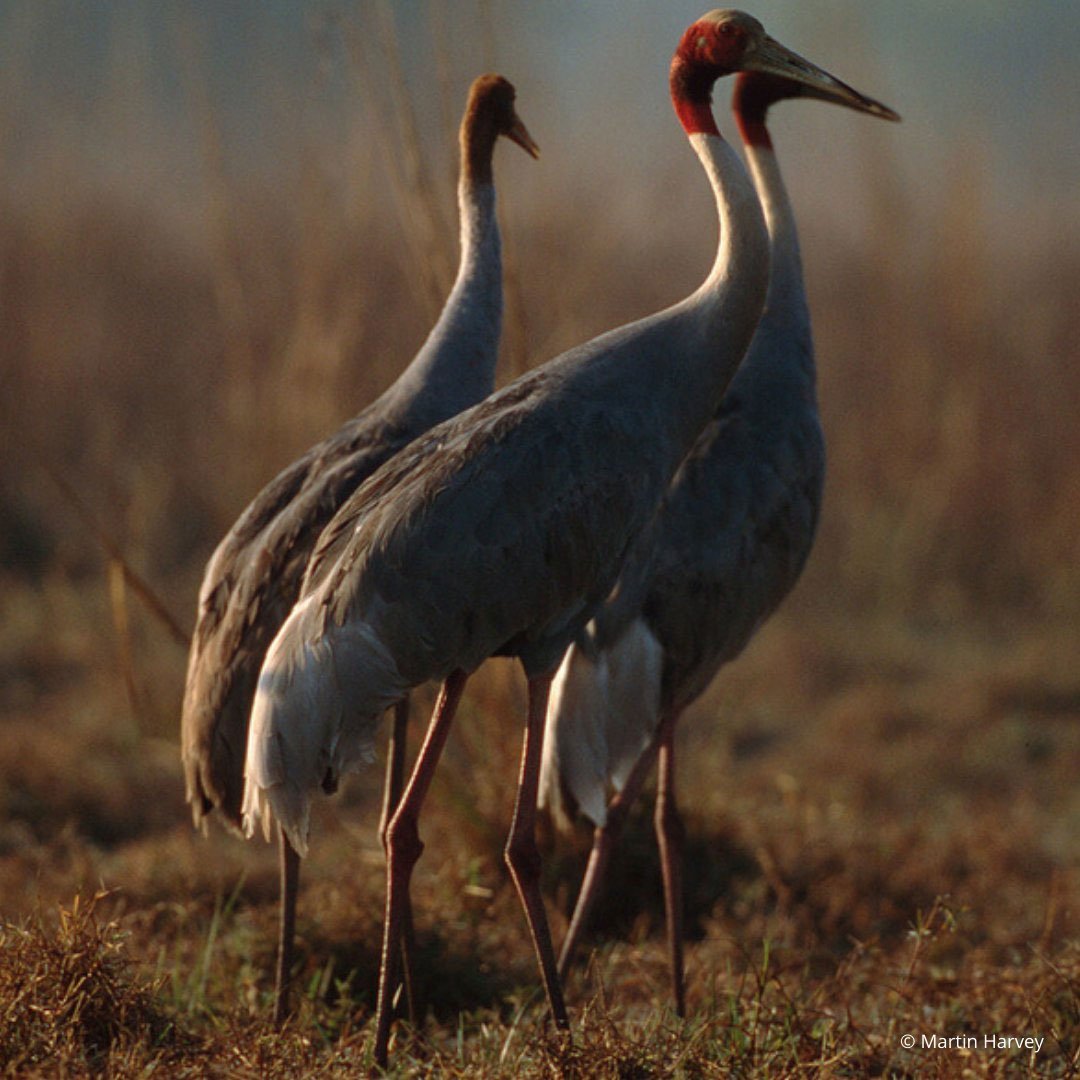
Migratory birds, he added, become victim to “genocidal poaching” in Pakistan where hunters previously used guns or nets to hunt these birds, but now they “play the calls of these birds on loudspeakers and as soon as the entire flock arrives, it gets trapped in a net laid out.”
Lohar revealed this had been in practice for the last seven to eight years and had resulted in fewer birds returning to their nesting grounds or where they came from because they were all trapped here.
He continued: “Pakistan has been caught up in a real estate madness that has almost destroyed itself. There was a time when flamingos and Sarus cranes used to breed in Karachi, but now you will hardly find one here. It has become a strange national character of ours.”
The increasing activities of illegal and unchecked hunting across habitats of migratory birds are distressing the population of migratory bird species, which is alarming.
Whilst skies grow starker, feathered hope remains on the wing. Through mindful action, we can try to ensure these plumy friends fill the skies to their edges and swarm every inch of the lands where they choose to be. They should be free like birds.
We must be alive to the urgency of the need for a harmonious coexistence between humanity and these winged voyagers from distant parts of the planet that grace our wild blue yonder with their beautiful presence.
Let us become not the architects of their extinction by making their second homes in our country inhospitable, treacherous, and death traps, but custodians of their impossible flights for survival for generations to come.





